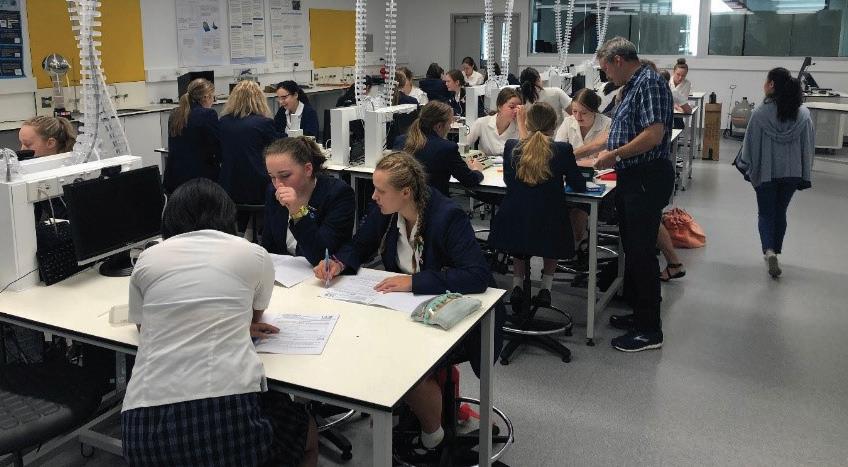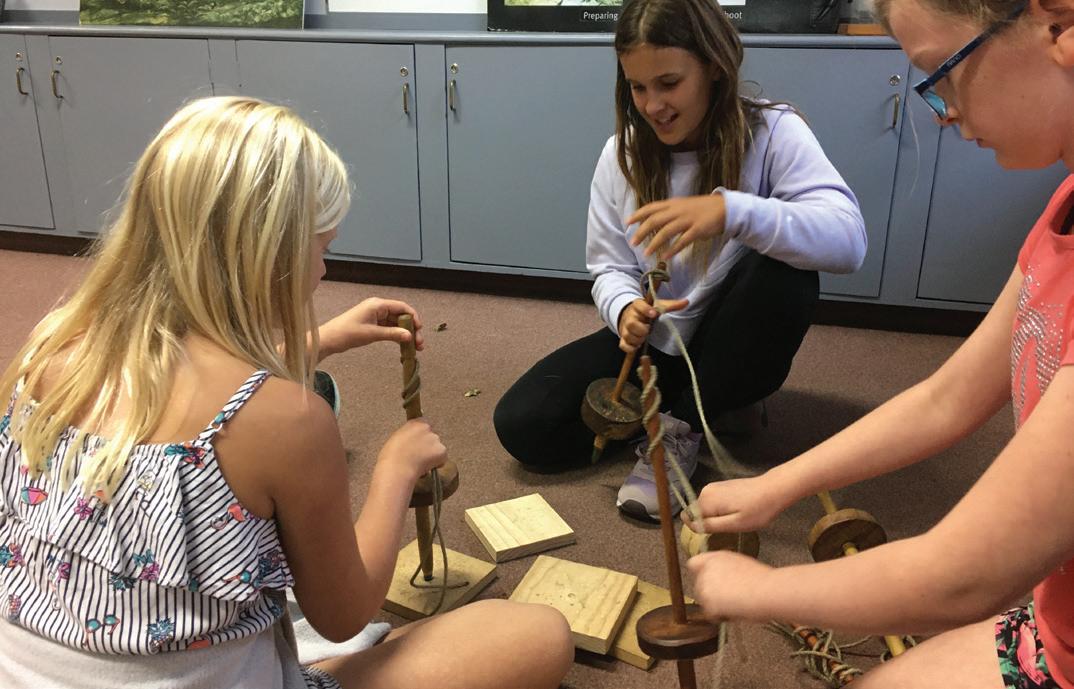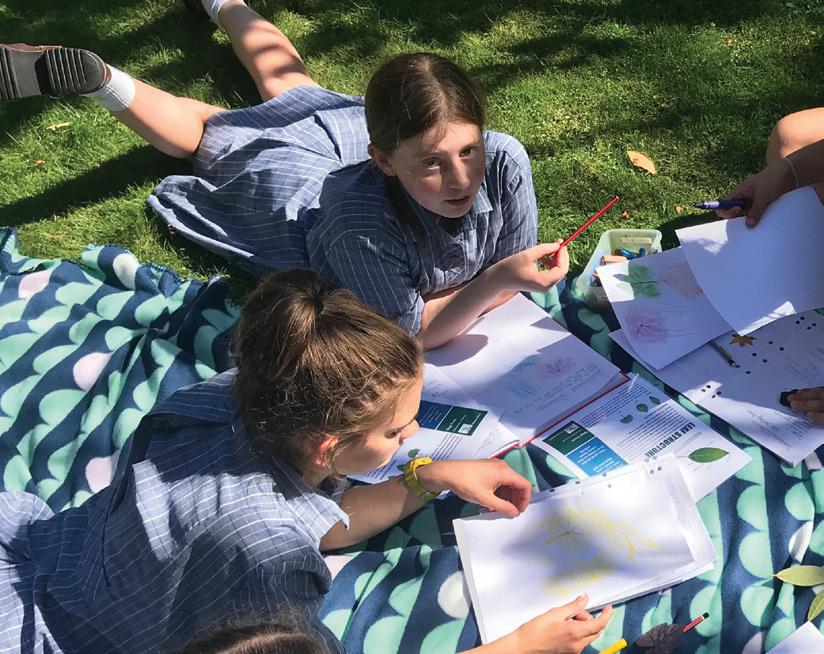
4 minute read
Science for All
The Physics of $100
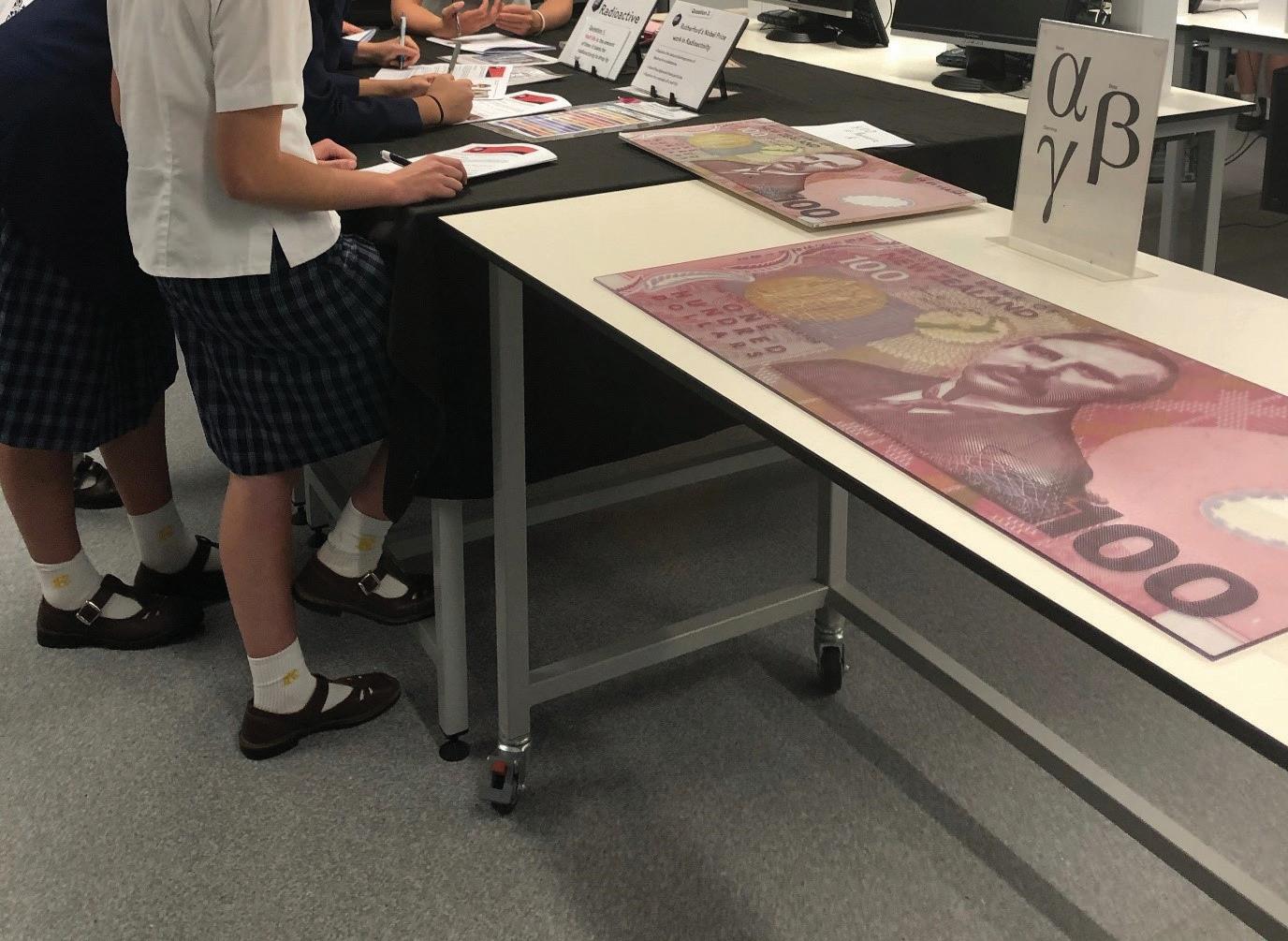
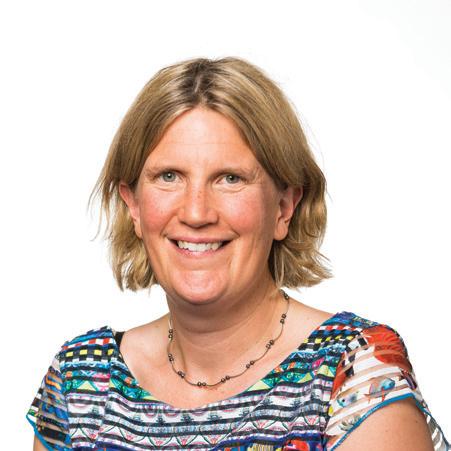
Words by Anne Bissland HEAD OF LEARNING AREA - SCIENCE
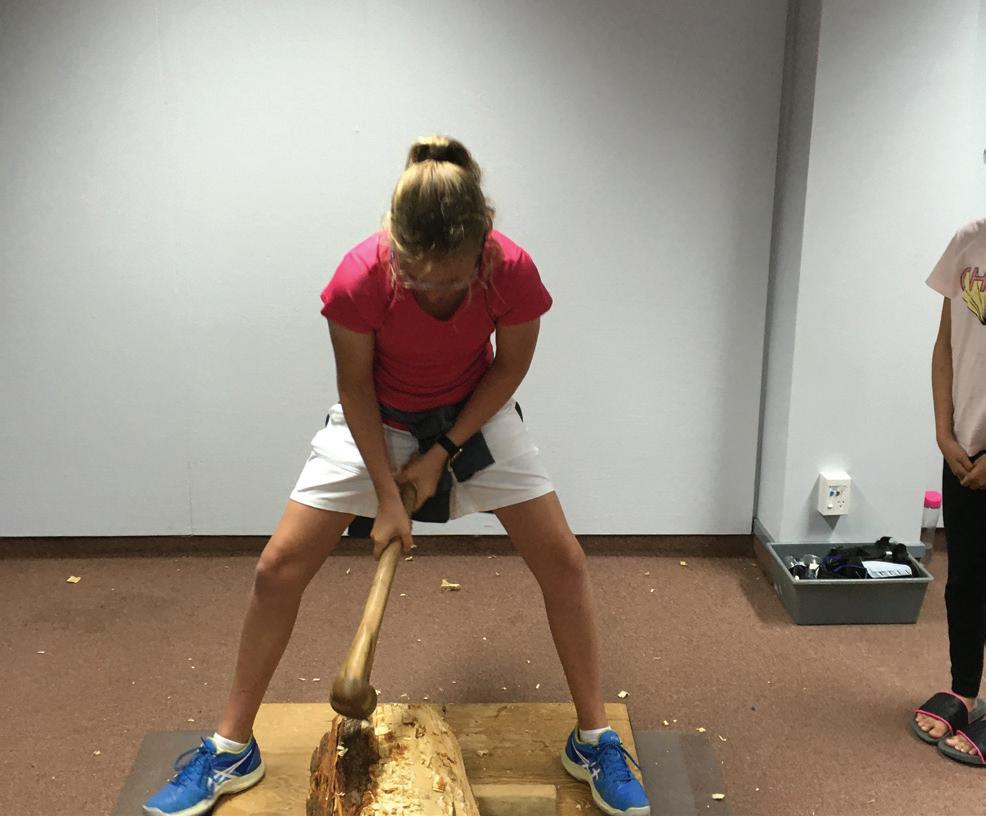
Tyla Gilberd hollowing a Canoe Students enjoyed experiencing the university’s laboratories and handling equipment they would not normally get to see.
The Physics of $100
You may not think that New Zealand’s $100 note and Physics have a lot in common, but in fact they do. Our Year 12 Physics students recently found this out when they headed to the University of Canterbury to learn about Ernest Rutherford’s research on atomic structure. Our girls were able to interact with lecturers and students as they looked at the evolution of models of the atom. Following this, under the close supervision of lecturers, they used radioactive sources and measured the effectiveness of biological material in absorbing radiation as well as investigating half life. No students were harmed in the process, as the biological material used were carrots!
So, what does the NZ $100 note and physics have in common? Well, our $100 dollar note depicts Ernest Rutherford, a New Zealand scientist who is best known for “splitting the atom”, and beside him is a scientific graph known as an exponential decay curve. The students were able to plot this curve during their radioactivity lab. Students enjoyed experiencing the University’s laboratories and handling equipment they would not normally get to see. They particularly enjoyed seeing the cloud chamber but the highlight was definetly getting to ride a hovercraft.

Senior Science @ Rangi
Our senior scientists have had a strong start to the year engaging in a range of activities across the curriculum. The girls are encouraged to delve deeply into the content of their chosen topics, investigate future pathways in Science and make links between their learning and the “real world”. This has seen our Year 11 students researching socio-scientific issues such as 1080, IVF treatment and the use of vaccines. Our Chemistry students have been learning to work with accuracy and precision, reading spectroscopy data and determining the properties of molecules. Our Physicists have tackled the complexities of medical imaging and radioactivity, while in Biology, students have focussed on cell biology and the diverse ways in which animals and plants carry out life processes. Our senior scientists are encouraged to make the most of opportunities available within our community; an example of this is our Year 12 students studying radioactivity at University of Canterbury.
Junior Science @ Rangi
If you venture over to the Science Faculty at any time of day you will find a hive of activity. Our junior programme encourages the girls to engage in authentic learning contexts and support their learning in Science, through a range of “hands on activities”.
Our Years 7 & 8 students have had a busy start to the year. Our Year 7 students have been studying Combustion, using their knowledge to support their understanding of fire prevention in the home, has seen them venture to Canterbury Museum and try their hand at traditional fire lighting. The students also tried a range of other activities having the opportunity to try hollowing out a canoe, carving and flax weaving. Meanwhile our Year 8 students have risen to the challenge of remote learning and we have enjoyed seeing the results of the weather instruments that they have designed. In Year 10 Science, the girls have learnt about the human body, and their return to school in Term 2 has seen them deliver a “TED Talk” on a global issue of their choosing. The girls have tackled complex issues such as Sea-level Rise and Ocean acidification coming up with recommended action towards a sustainable future for their class. It was fantastic to see our girls embrace the idea of the “ripple effect” – meaning that every small action makes a difference.
If you have happened upon a relaxed group of girls down at Millbrook Reserve looking like they were enjoying the May sunshine you would have found our Year 9 students. They are taking part in a longitudinal study of the ecology and biodiversity of the Reserve. This study will continue throughout the year and students will have an opportunity to investigate the health of our small section of the Avon River. Covid-19 meant our Year 9’s turned their eyes skyward exploring Astronomy, with their passion and creativity clearly evident in the range of work they produced from Minecraft environments of Mars to posters, diorama’s and children’s story books. Our remote learning experience has inspired us to give you a challenge on the next page that you can do at home – a baking soda and vinegar rocket for you to try!
